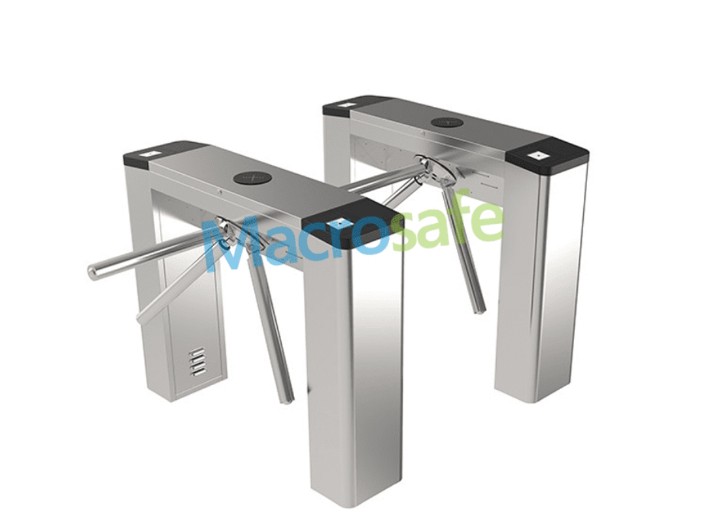In today’s global marketplace, counterfeit products have become a significant concern for businesses and consumers alike. These illicit goods not only damage brand reputation but can also pose serious risks to consumer safety and overall economic stability. To combat this growing problem, the implementation of barcode gates offers a practical solution to mitigate the risks of counterfeit products. In this article, we will explore the benefits of barcode gates in preventing counterfeit goods and protecting both businesses and consumers.
1. Authenticating Genuine Products:
Barcode gates provide an effective means of authenticating genuine products. By integrating unique barcodes or QR codes into product labels or packaging, businesses can ensure the legitimacy of their goods. When customers purchase products, they can scan the barcode at the gate to verify its authenticity. Barcode gates are linked to secure databases that store product information, allowing for real-time validation. This authentication process helps prevent the circulation of counterfeit products in the market, safeguarding brand reputation and consumer trust.
2. Real-time Tracking and Traceability:
Barcode gates enable real-time tracking and traceability of products throughout the supply chain. Each time a product’s barcode is scanned at a gate, its location and movement are recorded. This valuable data allows businesses to monitor the entire journey of their products, from manufacturing to distribution and retail. With this level of traceability, any counterfeit or unauthorized products entering the supply chain can be quickly identified, enabling swift countermeasures to be implemented. Real-time tracking enhances supply chain transparency, minimizing the risk of counterfeit goods infiltrating the market.

3. Enhanced Supply Chain Security:
Implementing barcode gates strengthens supply chain security by providing checkpoints for product verification. These gates can be installed at different stages of the supply chain, including manufacturing facilities, warehouses, and distribution centers. By requiring barcode scanning at each checkpoint, businesses can ensure that only genuine products proceed to the next stage. This multi-layered security approach provides an effective deterrent against counterfeiters attempting to introduce fake products into the supply chain. Barcode gates act as a proactive defense to protect businesses and consumers from the risks associated with counterfeit goods.
4. Consumer Empowerment and Education:
Barcode gate empower consumers to make informed purchasing decisions by verifying product authenticity. By scanning the barcode at the gate, consumers can validate that the product they are about to purchase is genuine. This level of transparency fosters trust and consumer confidence. Additionally, businesses can leverage barcode gate technology to educate consumers about the risks of counterfeit products. By providing information through the scanning process or displaying messages at the gate, businesses can raise awareness and educate consumers about the importance of purchasing genuine goods.
5. Strengthened Regulatory Compliance:
The implementation of barcode gate supports regulatory compliance efforts in combating counterfeit products. Governments and regulatory bodies can require businesses to implement barcode gate systems as part of their product certification and compliance programs. By aligning with these requirements, businesses can ensure that their products meet regulatory standards and prevent counterfeit goods from entering the market. Barcode gates facilitate compliance by offering a tangible and verifiable means of product authentication and traceability.
6. Collaboration and Industry Standards:
Implementing barcode gates in the fight against counterfeit products necessitates collaboration between businesses, industry associations, and regulatory authorities. Establishing industry-wide standards for barcode technology and authentication protocols is essential to create a unified approach. By working together, businesses and industry stakeholders can enhance the effectiveness of barcode gate systems, share best practices, and collectively address the challenges posed by counterfeit products. Collaboration and industry standards create a strong and unified front against counterfeiters, protecting businesses, consumers, and the broader economy.
Conclusion:
The implementation of barcode gates provides a practical solution to mitigate the risks of counterfeit products. By authenticating genuine products, enabling real-time tracking and traceability, enhancing supply chain security, empowering consumers, strengthening regulatory compliance, and fostering collaboration, barcode gates play a vital role in combating the proliferation of counterfeit goods.
Embracing barcode gate technology protects businesses from reputational and financial harm while safeguarding consumer safety and trust. The implementation of barcode gates is a proactive step towards a more secure marketplace, where counterfeit products condition minimize, and legitimate businesses can flourish.
